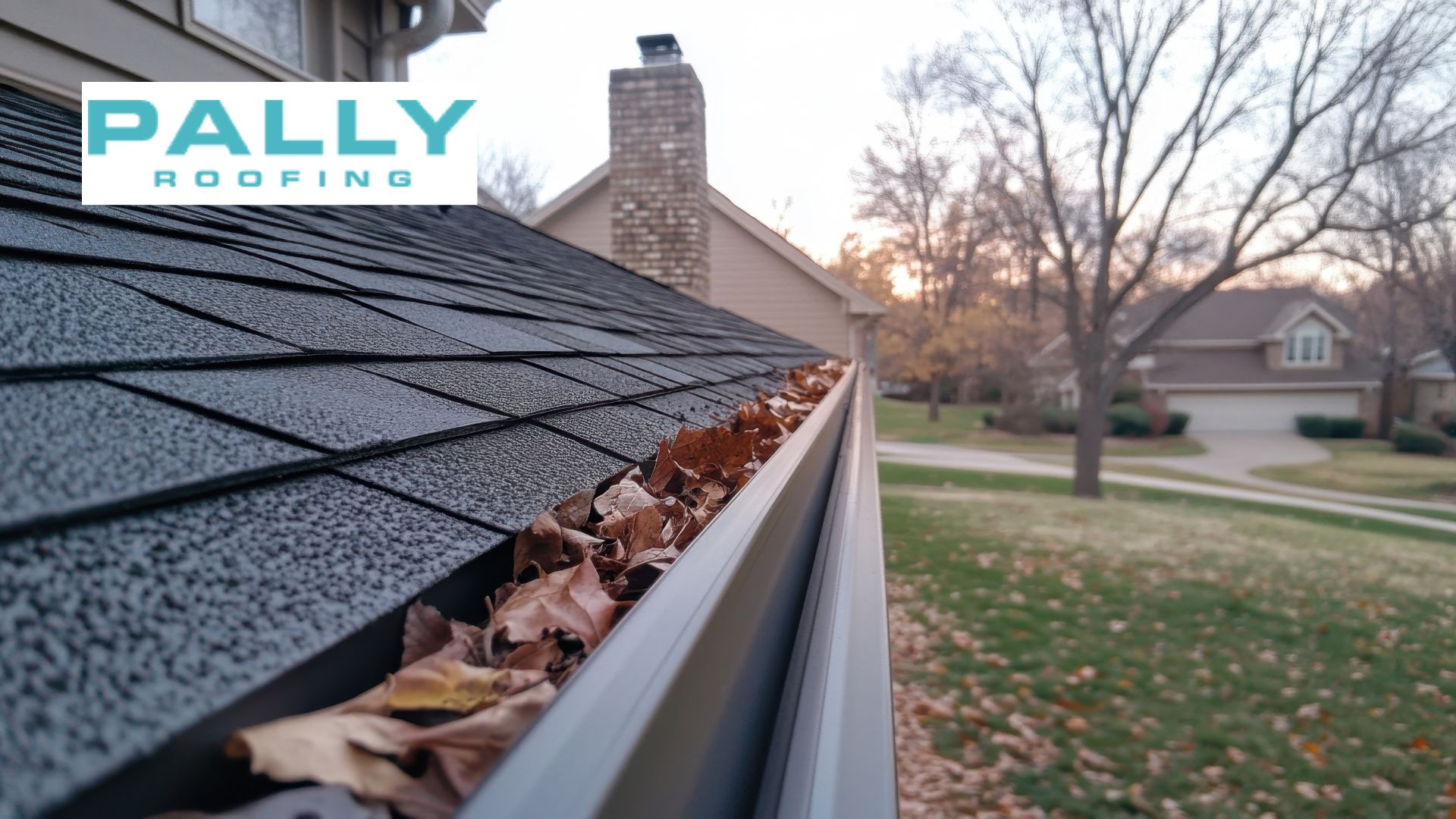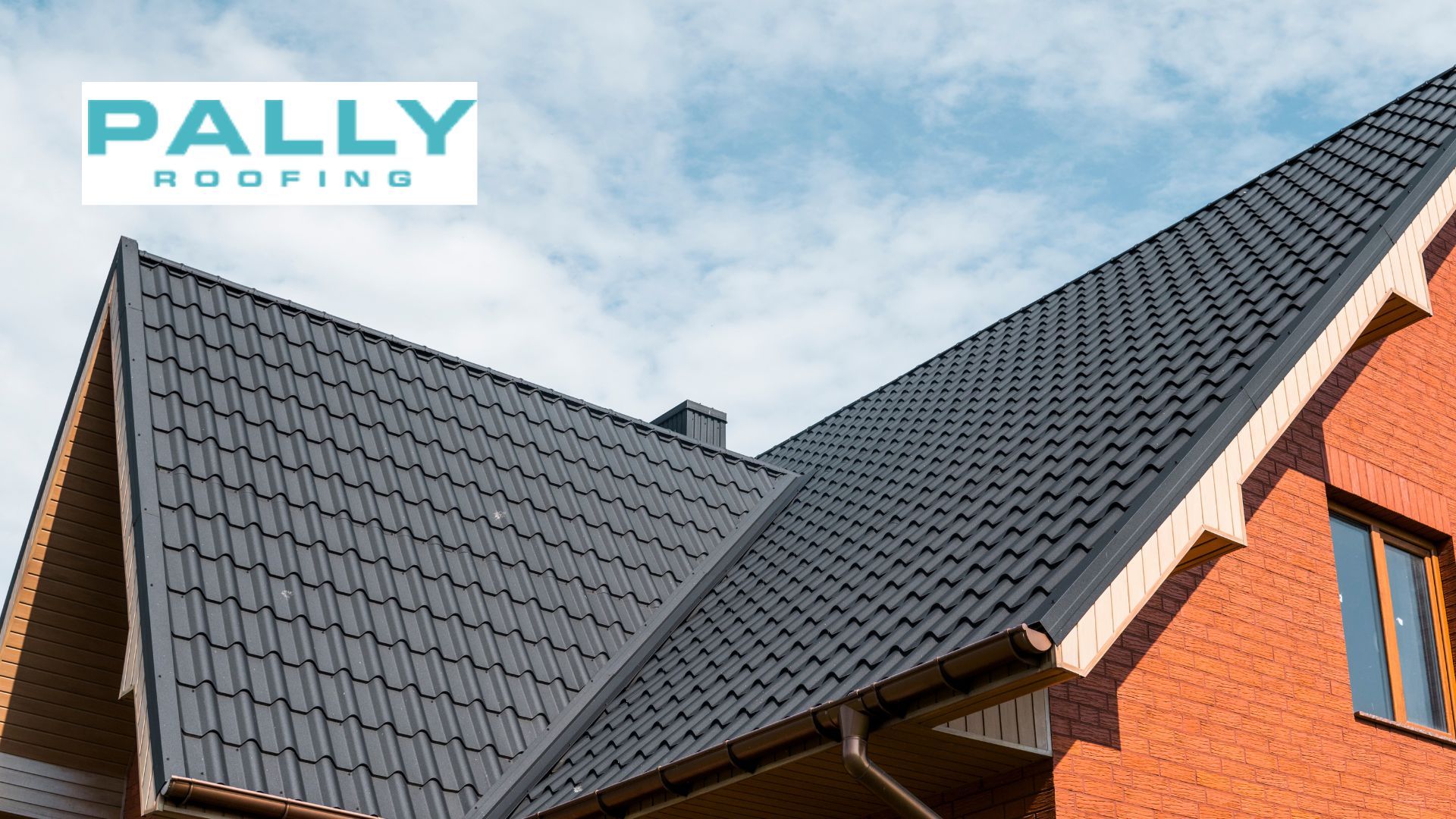Last updated on August 28th, 2024 at 09:31 am
Do I Need Closure Strips For Metal Roofing?
Metal roofing has quickly become a popular choice for both homeowners and businesses due to its durability, longevity, and aesthetic appeal. But beneath those sleek panels is an integral element that is often neglected: closure strips. You could be asking “Do I need closure strips for metal roofing” ? In this comprehensive guide on metal roofing, we will delve into its depths while exploring its role, types, installation guidelines, and any additional factors to keep in mind when choosing metal roof panels: closure strips. By the end of this post, you should have a firm grasp on whether closure strips are needed for your metal roofing project.
Table of Contents
The Role of Closure Strips for Metal Roofing
Closure strips are often underestimated but their value cannot be understated in metal roofing systems. Made of either foam or metal, these thin strips are strategically positioned between metal panels and the roof surface and serve to act as a barrier between moisture, pests, debris infiltrating your roof, and moisture infiltrating through. Closure strips help create weather-tight roof systems that are energy efficient while long-lasting as well.

Benefits of Using Closure Strips
- Provide Better Weather Resistance: Closure strips create a tight seal over your roof that helps it remain impervious to rain, snow, and wind; acting as an additional protective shield.
- Energy Efficiency: Closure strips help create a stable indoor temperature by blocking air leaks, significantly decreasing heating and cooling costs.
- Extended Lifespan: Closure strips help mitigate corrosion and moisture-related damage, prolonging the lifespan of metal roofs.
- Noise Reduction:Sound barriers also serve to dampen noise generated by heavy rainfall or hail, providing some much-needed relief during stormy conditions.
Types of Metal Roofing Systems
Corrugated Metal Roofs
Corrugated metal roofs are well known for their signature wavy design. Closure strips play an integral part in making sure each wave remains sealed off to keep water and debris from penetrating the roof surface.
Standing Seam Metal Roofing
Standing seam roofs feature vertical seams with raised seams running along their surfaces. Closure strips play an essential role in maintaining these seams’ integrity, keeping water from getting under metal panels and entering.
Metal Shingles and Tiles
Closure strips are vital in maintaining tight fits for metal shingles and tiles while protecting their interlocking design to ward off moisture accumulation or any pest invasion to your roof structure. Without closure strips protecting this way, moisture or pests could gain entry to your roof structure and potentially compromise it further.
There are various closure strip materials to select from, including foam and metal strips. Your decision will often depend on your budget and requirements. Metal strips tend to offer greater durability while foam strips may be more cost-effective.
When Do Closure Strips Need to Be Used?
Roof Pitch and Closure Strips
Your roof’s pitch plays an integral part in determining whether you need closure strips. Lower-pitched roofs may be more vulnerable to water infiltration, making closure strips an essential measure against leaks. However, even on steeper roofs closure strips provide additional layers of protection.
Closure Strips and Roof Underlayment
Closure strips work in tandem with roofing underlayment such as felt or synthetic material to provide additional moisture-blocking protection. While the underlayment provides another barrier against moisture intrusion and moisture leakage. Together, this system ensures total roofing protection.
Before installing closure strips, it is vital to inspect and prepare the roof surface carefully for any imperfections or damages that might impact installation. Cleaning and prepping should ensure an even base for the placement of closure strips.
Installation Guidelines
Installing Closure Strips
Proper installation requires precision and attention to detail. Be certain that the closure strips are cut to their intended lengths and widths, fitting snugly between metal panels on the roof and closure strips on metal panels. Fasten them securely in place using compatible fasteners.
Securing Metal Panels
Once closure strips have been installed, metal panels should be fastened according to the manufacturer’s recommendations for maximum roof protection. Proper attachment will help ensure that closure strips provide lasting roof protection.
Common Mistakes to Avoid
- Compatibility Issues: For optimal performance, be sure that your closure strips are compatible with the roofing materials in use to avoid compatibility issues.
- Faulty Fastening:Improper fastening can result in leakage around the seal; to avoid this mishap fasteners must follow recommended fastening techniques.

Climate Considerations
Closure Strips in Extreme Weather Conditions
In regions subject to harsh weather, such as heavy snowfall, torrential rainfall, or high winds, closure strips become even more essential as an extra defense mechanism against these adverse conditions. They offer protection from heavy snowfall or rainfall.
Ventilation and Insulation
Proper ventilation and insulation work hand in hand to protect the health of your roof, keeping moisture at bay while creating an optimal indoor environment. Airflow should be sufficient and insulation should prevent moisture build-up for maximum airflow to occur and stability inside.
Cost and Material Factors
Pricing and Budget Considerations
Closure strips vary in cost depending on their material and the size of the project, so it is crucial that when budgeting for metal roof installation you include these costs in your plan.
Long-Term Cost Savings
Closure strips may initially appear to be an added expense, but their long-term advantages such as energy efficiency and extended roof lifespan can add up to significant cost savings over time.
Comparing Closure Strip Alternatives
Foam Closure Strips vs. Metal Closure Strips
| Features | Foam Closure Strips | Metal Closure Strips |
| Material | Soft, Compressible foam | Thin, Flexible Metal |
| Durability | Less Durability | More Durable |
| Ease of Installation | Easy to Install | More Difficult to Install |
| Noise Reduction | Good | Poor |
| Fire Resistance | Poor | Good |
| Cost | Inexpensive | More Expensive |
Sealant vs. Closure Strips
| Feature | Sealant | Closure Strips |
| Foam | Liquid or paste | Pre-formed strip |
| Application | Applied to a surface | Adhered to a surface |
| Flexibility | Can be flexible or rigid | Typically flexible |
| Adhesion | Can adhere to a variety of surfaces | Typically adheres to specific surfaces |
| Durability | Can be durable or not durable | Typically durable
|
| Cost | Can be expensive or inexpensive | Typically inexpensive
|
Maintenance and Repairs
Conducting Regular Closure Strip Inspections
Closure strip inspections should be a regular practice to detect signs of wear-and-tear, damage, or displacement that could potentially become more extensive over time. By keeping an eye out for wear and tear signs as soon as they arise, timely maintenance can help avoid more significant problems in the future.
Replacing Damaged Closure Strips
If your closure strips become damaged or worn down, it is imperative to act quickly to replace them before they compromise the integrity of your metal roofing system. Failing to do so could jeopardize its integrity.
Before installing a metal roof with closure strips, always check local building codes and regulations for compliance and permits. Ensuring safety and legality is of the utmost importance!
Local Code Requirements
Different local codes may specify how and where closure strips should be installed, making it essential that any successful project meets these regulations.

Conclusion
Closure strips are an integral component of metal roofing, providing long-term protection from weather elements while improving energy efficiency. Knowing when and how to use closure strips can make an enormous difference in their longevity and performance. By making an informed decision about their usage, you can reap all of its rewards and take pleasure in having an exceptional roof for years to come.
Are You Thinking About Replacing Your Metal Roof This Year? Pally Roofing Can Help! Our experts will discuss all the details involved with replacing your roof, answering any queries, and taking on all responsibilities to get it underway. Connect with us now and start the process underway!
Author
-

With more than 16 years of hands-on experience, Phillip Schmucker is the knowledgeable owner of Pally Roofing. His dedication to superior roofing services has earned him a reputable place in the industry. Phillip also shares his extensive expertise through writing, providing readers with practical tips and professional advice on various roofing topics. Follow him on LinkedIn.
View all posts






